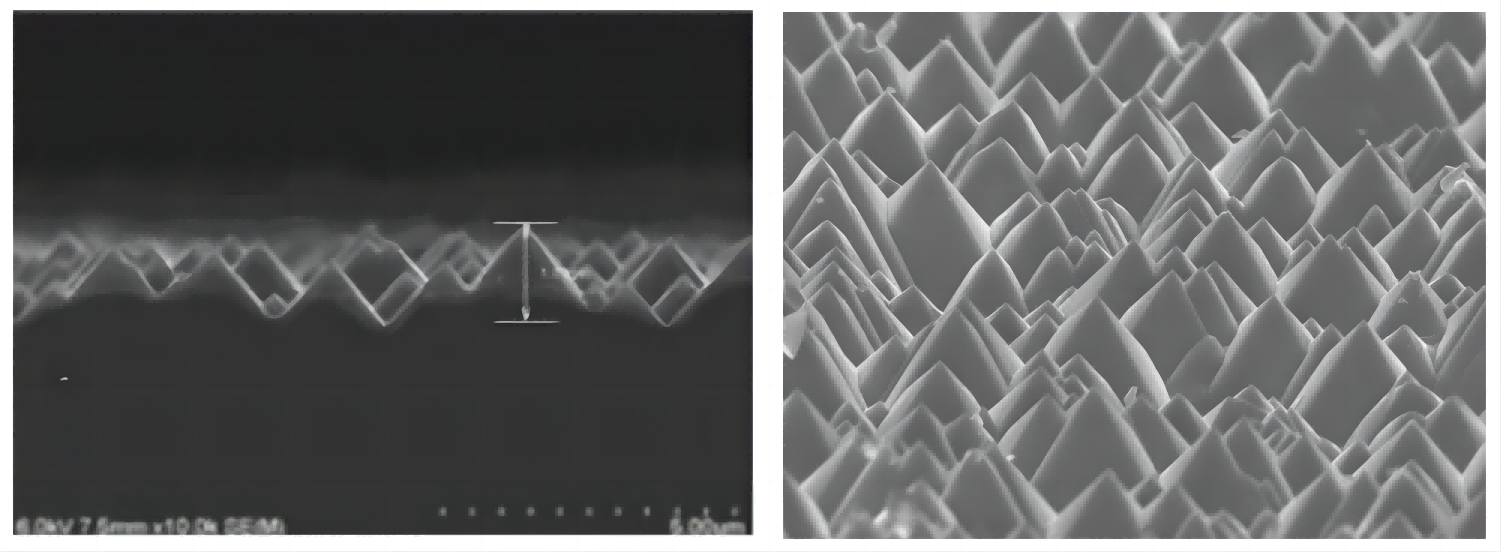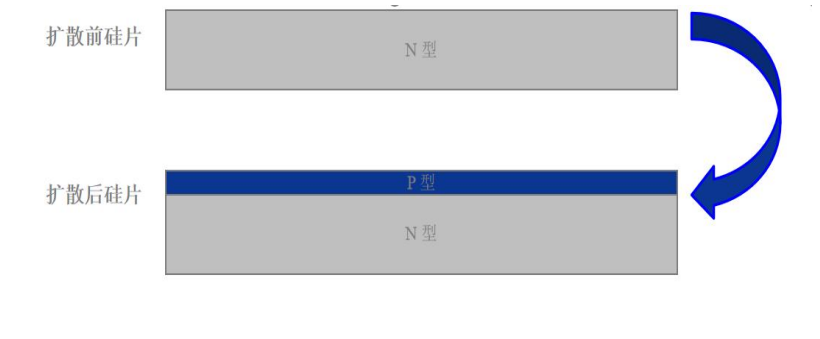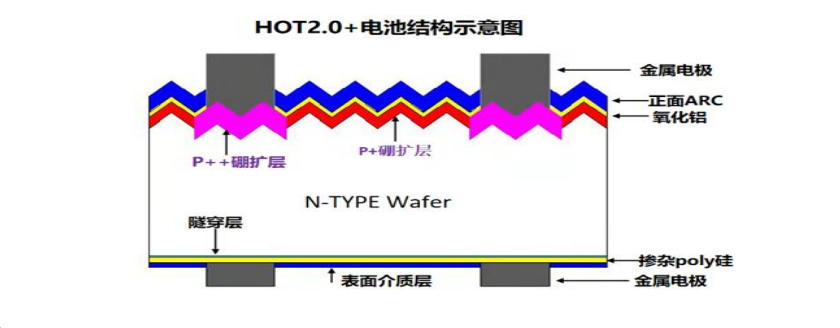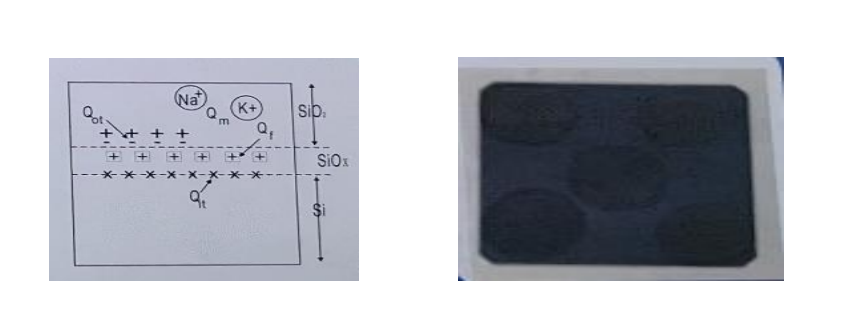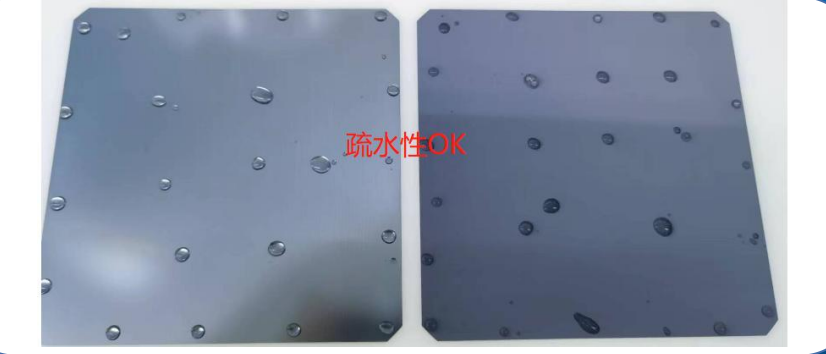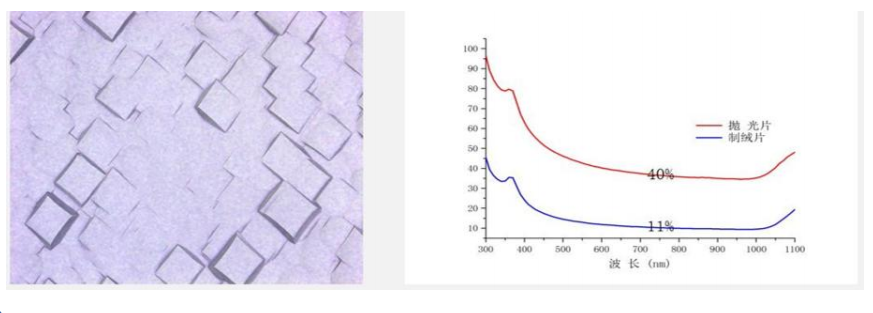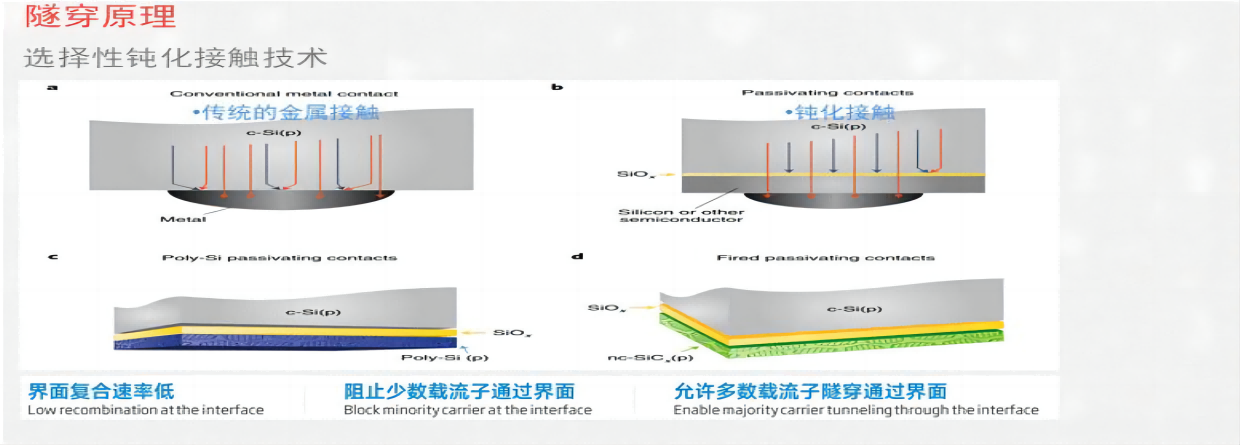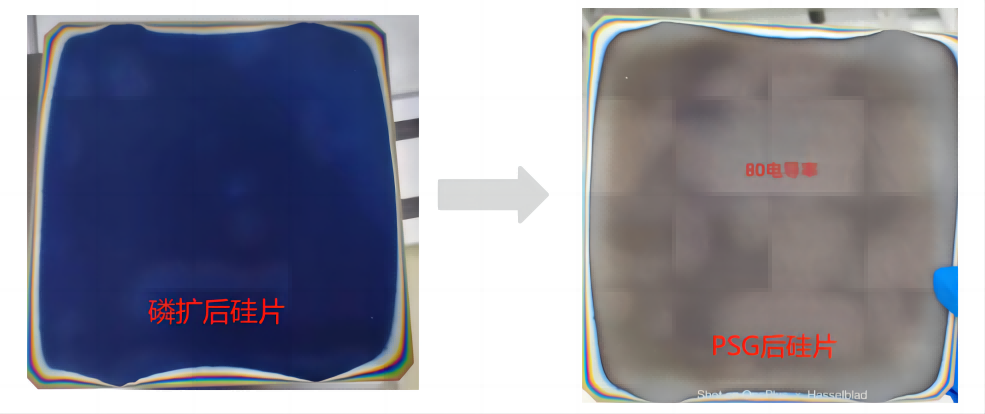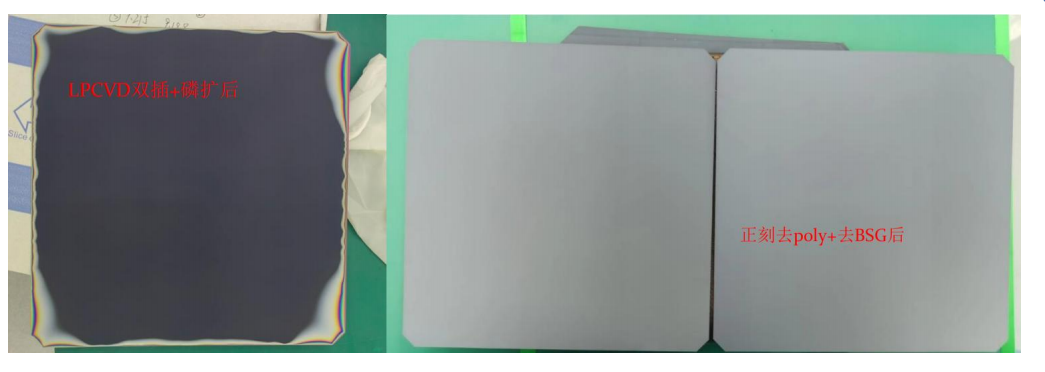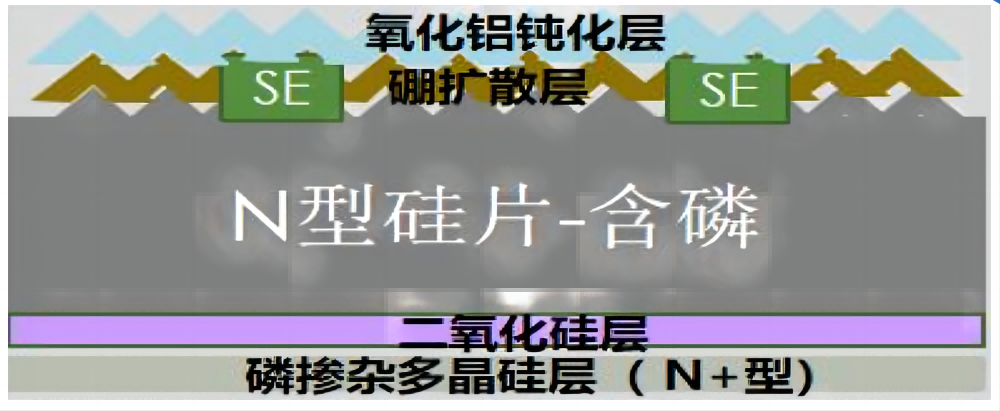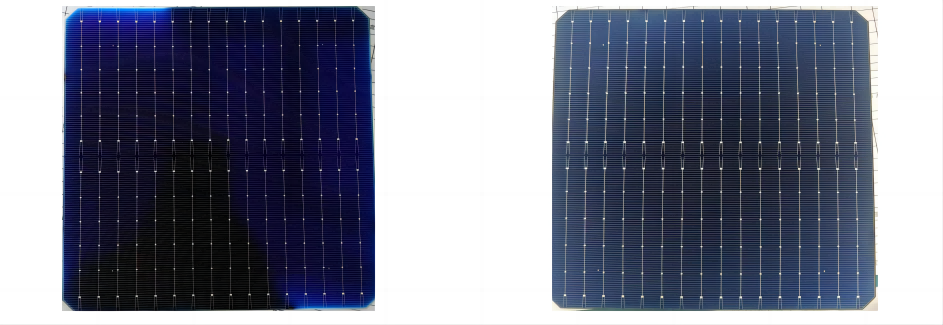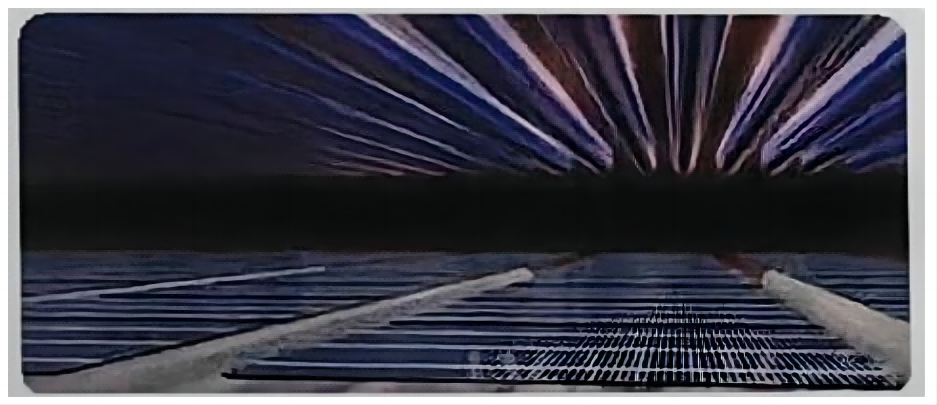What is TOPCon Technology?
The full name of TOPCON is Tunnel Oxide Passivating Contacts, which is an N-type silicon wafer cell technology. TOPCon cells, namely tunneled oxide passivation contact solar cells, aim to improve solar cell efficiency by solving the problem of passivation contact of cell carrier selection.
The front surface of TOPCON cell has the same structure as that of conventional N-type solar cells, the main difference is to prepare a layer of ultra-thin silicon oxide on the back of the battery, and then deposit a thin layer of doped silicon, which together form a passivation contact structure, effectively reducing surface composite and metal contact composite.
Due to the good passivation effect of ultra-thin silicon oxide and heavy doped silicon film, the surface band of the silicon wafer is bent, thereby forming a field passivation effect, the probability of electron tunneling is greatly increased, the contact resistance is reduced, and the conversion efficiency is finally improved.
Our TOPCon process
